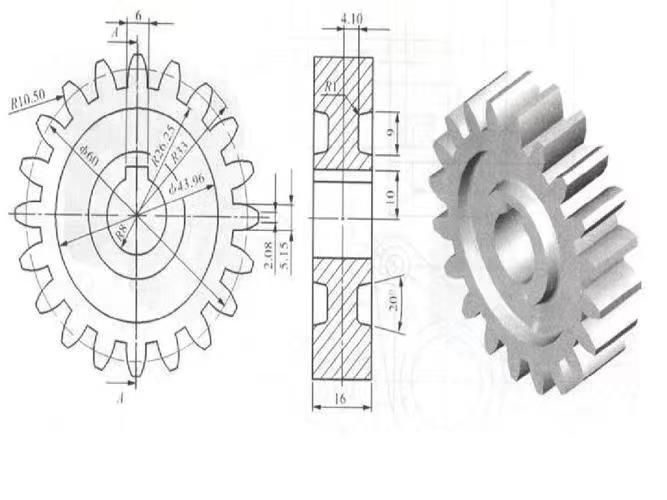CNC (computer numerical controlled) machines are used to create turned parts with a very high degree of accuracy. The machines are programmed to follow a set of instructions that tell them how to cut and shape the material. This process ensures that each part is exactly the same as the one before it, which is essential for precision engineering applications.
In CNC turning, the workpiece rotates around the cutting tool to create precision parts. CNC-turned parts can be used in a number of industries, from automotive to aerospace. In many cases, they are used to create components that are too small or delicate to be created by other manufacturing methods. Thanks to the high degree of accuracy and repeatability, CNC-turned components are often used in critical applications where failure is not an option.
When it comes to these parts, design considerations are critical to the success of the finished product. This article will discuss five of the most vital design considerations for CNC-turned parts.
1) Material selection
The material you use for a CNC-turned part can drastically affect the overall design. For example, metals like aluminum and brass are soft and ductile, making them easy to machine. However, they also tend to be less strong and durable than harder materials like steel or titanium. In order to make the best possible choice, it is crucial to consider the application and desired properties of the part, as well as the specific capabilities of the CNC turning process.
The CNC machining material must be strong enough to withstand the forces of machining, but it also needs to be heat-resistant and wear-resistant. In addition, the material must be compatible with the coolant and lubricants that will be used during the machining process. Failure to select the right material can lead to part failure, costly repairs, and even injuries.
2) Tolerance

In any CNC turning component design, certain hidden risks can always cause the part to be out-of-tolerance. The reasons for these risks can be many and varied, but often they can be traced back to the design of the part itself. In order to minimize the risk of problems occurring, it is essential that the designer gives due consideration to the issue of machining tolerance in their design.
If a dimension is too tight, it may be impossible to achieve the desired results. If a dimension is too loose, then the fit and function of the part may be compromised. As a result, it is essential to strike a balance between these two extremes. The best way to do this is to use tolerances that are appropriate for the application. For example, close tolerances are often used for precision components, while looser tolerances are more forgiving and can help to reduce costs.
3) Surface finish
When considering the design of a CNC Turned Part, surface finish is an important factor to consider. Achieving the desired surface finish can be a challenge, and the wrong choice of material or tooling can lead to poor results. A part with a poor surface finish can suffer from a number of problems, including increased friction, excessive wear, and diminished aesthetic appeal.
Conversely, a part with a high-quality surface finish will operate more smoothly and efficiently and will look more attractive. When selecting a surface finish for a CNC-turned part, it is important to consider the requirements of the application. For example, a rougher finish may be acceptable for an interior component that will not be seen, while a smoother finish may be necessary for a visible exterior component.
4) Threading and grooving
When designing a precision CNC-turned part, it is important to consider the process of threading and grooving. Threading provides a way to fasten two pieces together by interlocking them, while grooving allows for a smooth transition between two surfaces. When used in conjunction, these two features can help to create a more durable joint that can withstand higher loads.
In addition, these features can also be used to improve the aesthetic appeal of a part by hiding joints or creating interesting patterns. As a result, incorporating these features into part design can help to improve the safety, durability, and performance of a product.
5) Wall thickness
Wall thickness is another factor to consider when designing CNC-turned parts. If the wall thickness is too thin, the part may be weak and susceptible to breakage. However, if the wall thickness is too thick, the part may be overweight and difficult to handle.
The ideal wall thickness for a CNC-turned part will depend on the material used and the finished product’s desired strength. In general, however, a good rule of thumb is to keep walls as thin as possible while still maintaining strength and durability. By paying careful attention to wall thickness, engineers can ensure that parts are both strong and cost-effective.
Post time: Dec-29-2022






